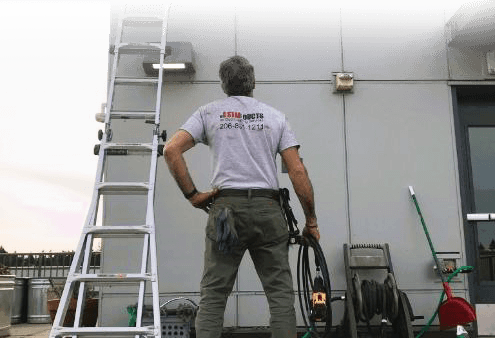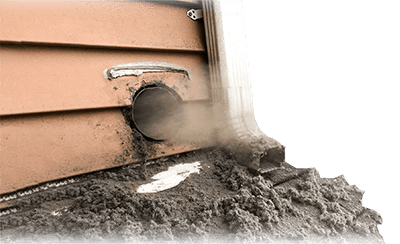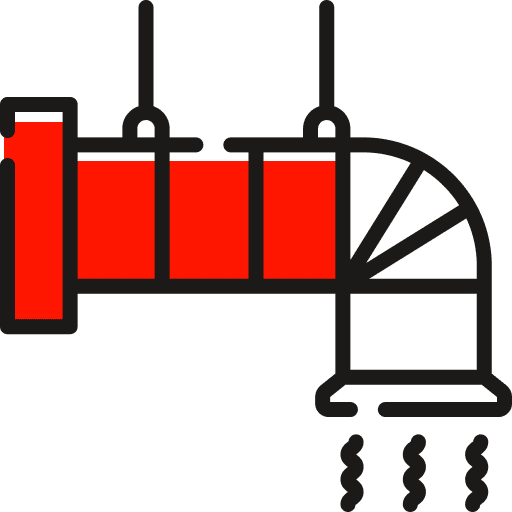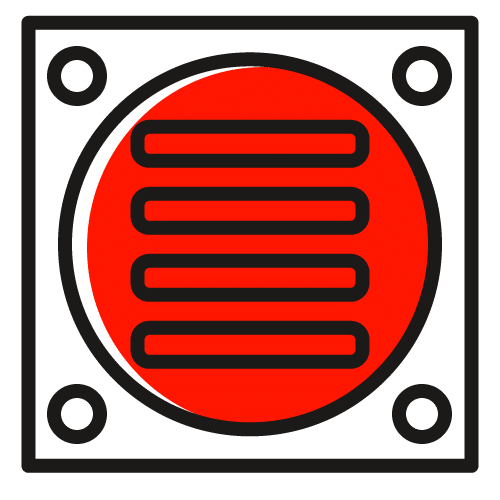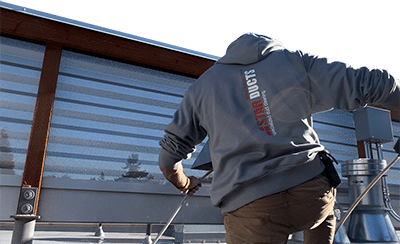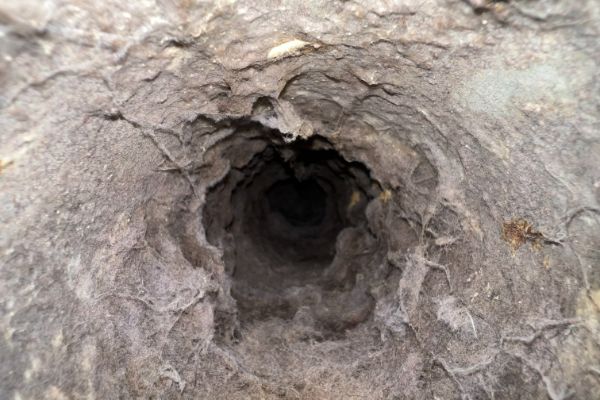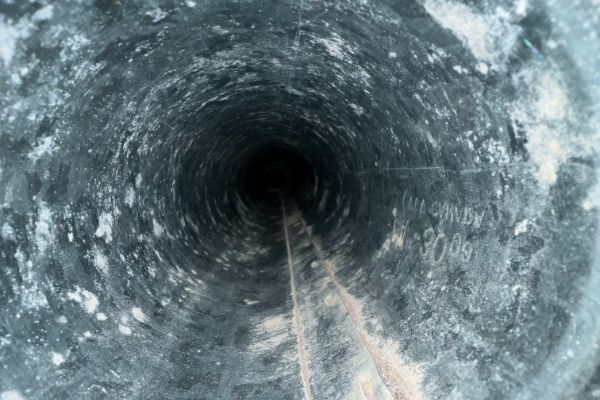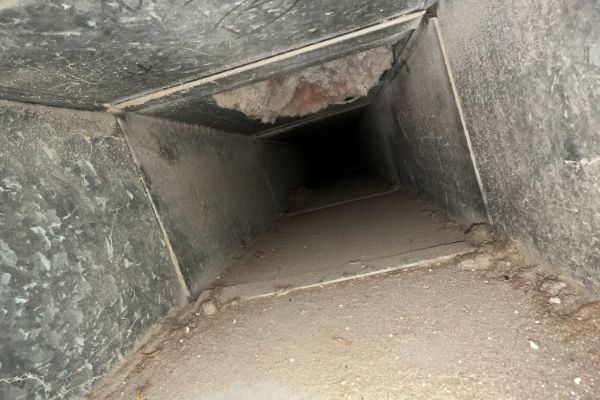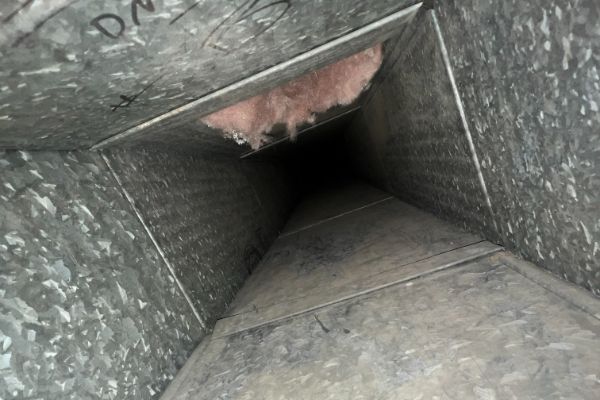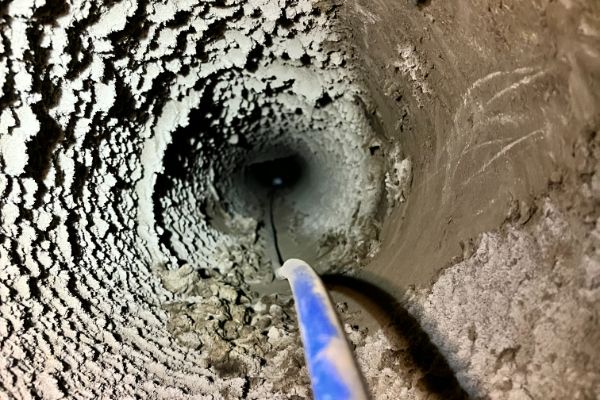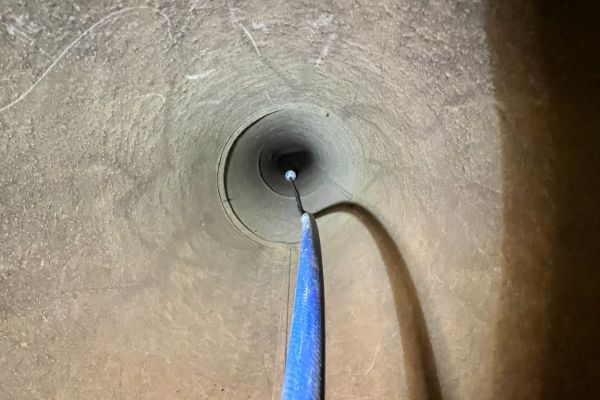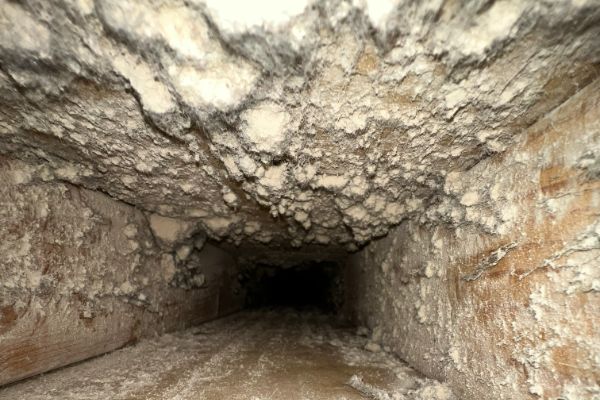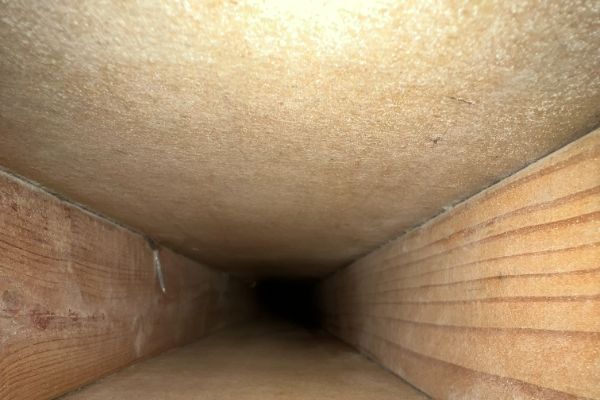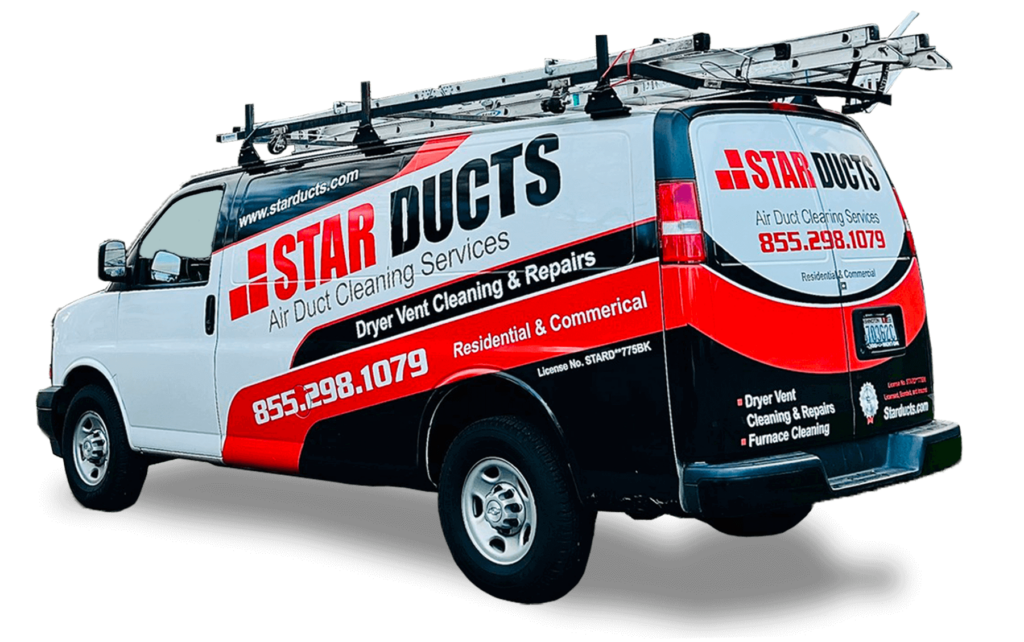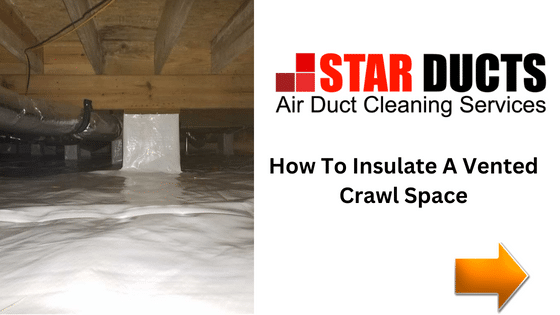
How To Insulate A Vented Crawl Space
n
We all know how important insulation is for keeping your home comfortable and saving energy. But when it comes to vented crawl spaces, this can be a tricky area to insulate. If you’re looking for guidance on how to properly insulate a ventilated crawl space, then look no further!
nn
This article will provide step-by-step instructions that are easy enough, even for novice DIYers. We’ll cover the materials needed, installation tips, and some of the common mistakes made in attempting to insulate these often overlooked areas. After reading through this guide, you should have all the tools and knowledge you need to successfully insulate any vented crawl space with ease.
nn
So if you want your home insulated from top to bottom without breaking the bank or sacrificing comfort, read on and learn more about how you can effectively tackle the task of insulating a vented crawl space!
n
What Is A Vented Crawl Space?
A vented crawl space is an area beneath a home’s first floor that provides access to plumbing, electrical wiring, and other utilities. This type of crawl space is typically uninsulated and ventilated via vents in the exterior walls or foundation. These vents allow humid air from outside to enter the crawlspace, which can lead to mold growth, wood rot, and energy losses if not addressed properly.
nn
Insulating a vented crawl space involves several steps. First, you’ll need to seal all outside air sources by adding weather stripping around any vents or openings. Next, add rigid foam insulation boards on the interior walls of your crawl space; these should be securely attached with nails or screws for maximum efficiency. Finally, lay down a vapor barrier between the insulation board and subflooring material to protect against moisture damage caused by condensation.
nn
These three steps are essential for insulating a vented crawl space correctly. Sealing off outside air sources keeps cold drafts out while also preventing warm moist air from entering the area. Rigid foam insulation adds value protection against heat loss as well as soundproofs the area below your floors. Lastly, laying down a vapor barrier helps prevent moisture buildup and possible future damage due to water infiltration in the structure of your home.
n
Benefits Of Insulating A Vented Crawl Space
Insulating a vented crawl space offers several benefits. First, it can help to improve energy efficiency and reduces energy loss from the HVAC ducts of your home by reducing air leakage and keeping warm air inside during colder months. This helps lower heating bills over time. Additionally, insulating these areas helps keep out moisture which can prevent mold growth and structural damage that could lead to costly repairs down the road.
nn
Moreover, insulated vented crawl spaces also reduce noise coming from outside or other parts of the house. This makes for a quieter living environment overall. Finally, this type of insulation provides better control over humidity levels in the area as well as improved comfort throughout the entire home due to adequate temperature regulation.
nn
All in all, there are plenty of advantages associated with insulating a vented crawl space – from saving money on energy bills to improving comfort within your home. It’s worth considering if you want to reap its full benefits!
n
What Materials Are Needed To Insulate A Vented Crawl Space?
When it comes to insulating a vented crawl space, there are certain materials needed in order to get the job done.
nn
First of all, insulation batts or rolls should be used on any exposed walls and floors. Batts are typically made of fiberglass or mineral wool, while rolls are usually composed of polyester or recycled fibers. It’s important to make sure that these products have sufficient R-values – meaning they can effectively trap heat within the space – as well as being able to withstand moisture buildup when dampness is present in the air. Additionally, you’ll want to use an air barrier material like rigid foam board over the wall framing studs before putting up drywall and other finishing touches. This will help keep your insulation from becoming compromised by outside weather conditions.
nn
Finally, you should also consider using sealant around windows, doors, and vents if necessary. This will prevent warm air from escaping out through small cracks or gaps unintentionally created during installation. As always with any major DIY project such as this one, having a professional inspect the completed work will ensure everything is done correctly and efficiently so that your home stays comfortable year-round!
n
Preparing The Crawl Space For Insulation
Before we can begin insulating a vented crawl space, there are some important steps to consider. Preparing the area is essential for achieving optimal insulation benefits and avoiding costly mistakes down the line.
nn
First, it’s important to check if any air vents need to be sealed or covered. This prevents cold air from entering the crawl space and reduces energy bill costs. It also helps keep moisture levels low inside the space so insulation won’t get wet and become less effective over time. Once all of the necessary seals have been installed, you should move on to sealing up any cracks or other openings in the foundation walls that could allow warm air out. The last step is adding a vapor barrier along the floor of the crawl space, which will help stop water vapor from seeping through and damaging your insulation materials.
nn
Finally, now that everything has been prepped properly, you can start installing your chosen insulation material, such as fiberglass batts or spray foam, depending on what best meets your needs. Proper installation techniques must be followed in order to ensure maximum efficiency and effectiveness. If done correctly, with careful attention to detail throughout each step of preparation and installation, you’ll enjoy lower energy bills while keeping your home comfortable year-round!
n
Tips For Maintaining Proper Ventilation After Insulating
Once you’ve covered airtight vents in a crawl space, it’s important to maintain proper ventilation. If not done correctly, the insulation could become compromised and cause more damage than good. Here are some tips for keeping your vented crawl space well-ventilated after insulating.
nn
Firstly, make sure there is enough open area around any insulated areas of the walls or floors in the crawl space. This will allow for plenty of airflow to keep things from getting too stuffy. You should also check regularly for leaks or cracks that may be allowing moisture into the space, as this can lead to mold growth which can further reduce air quality levels.
n
Finally, consider installing an exhaust fan in the crawlspace if possible. The fans will help ensure adequate circulation and prevent humidity build-up in the crawl space walls.
nn
Additionally, adding a dehumidifier in humid climates can also go a long way towards reducing excess moisture and creating healthier air quality inside your home overall.
n
With these steps taken care of, you’ll have peace of mind knowing that your vented crawl space has been properly insulated and maintained with respect to its ventilation needs!
n
Safety Precautions When Insulating A Vented Crawl Space
When it comes to insulating a vented crawl space, safety should be the number one priority. Taking certain precautions when tackling this project can help avoid injuries and damage to your home. The following are some of the most important considerations to keep in mind before you begin.
nn
First off, make sure that any electrical wiring or components within the crawl space are safe from insulation material by using plastic covers which will protect them from moisture and heat exposure. It’s also essential to ensure proper ventilation is maintained during installation as well as afterward; if not, condensation buildup could cause mold growth and other potential problems.
nn
In addition, use protective clothing such as gloves, goggles, and dust masks when working with insulation materials in order to minimize exposure to airborne particles, which may irritate skin or respiratory systems. Finally, take care when cutting pieces of insulation for access points into existing walls – these cuts need to be precise, so they don’t compromise the integrity of the structure itself.
nn
In order to ensure proper insulation and air tightness in basements, garages, and crawl spaces, it is essential to insulate the rim joists.
n
By taking all these steps into account beforehand, you can rest assured that your DIY project will go smoothly while ensuring everyone’s safety at the same time!
n
Summing Up
In conclusion, insulating a vented crawl space is an important task that can help to regulate the temperature of your home and reduce energy costs. It’s essential to inspect the insulation in your crawl space regularly, as well as choose the appropriate type for your specific needs. DIY installation may be possible depending on the difficulty of the job, or you might want to enlist professional help if it’s too complex. Additionally, there are other options, such as air sealing techniques which will also contribute to better efficiency in your home. Ultimately, investing in proper insulation for your vented crawl space can save you money over time and make sure that your home stays comfortable all year long.
n
FAQs
How often should I inspect the insulation in my vented crawl space?
It’s best practice to check your crawl space insulation every season, as extreme weather conditions and changes in temperature can cause wear and tear over time. You should also look out for other signs of potential issues like water staining on walls or floors or musty odors coming from the area.
Is it possible for me to install insulation in my vented crawl space on my own?
Yes, but only if you have experience with insulation installation and the necessary tools. If not, it’s best to hire a professional who is aware of building codes in your area and can ensure the job is done correctly and safely.
Is there a specific type of insulation recommended for vented or closed crawl spaces?
When insulating a vented crawl space, the type of insulation you use is important. It needs to be one that can handle moisture and not absorb it. This will help protect your home from potential damage due to mold or mildew growth.
How much will it cost to insulate my vented crawl space?
When it comes to insulating a vented crawl space, the cost is one of the most important considerations. Insulation materials can vary significantly in price, so it’s essential that homeowners do their research before committing to any particular product. The actual installation costs will also depend on how big, and complex the job is, as well as who does the work – professionals or DIYers.
n
n



